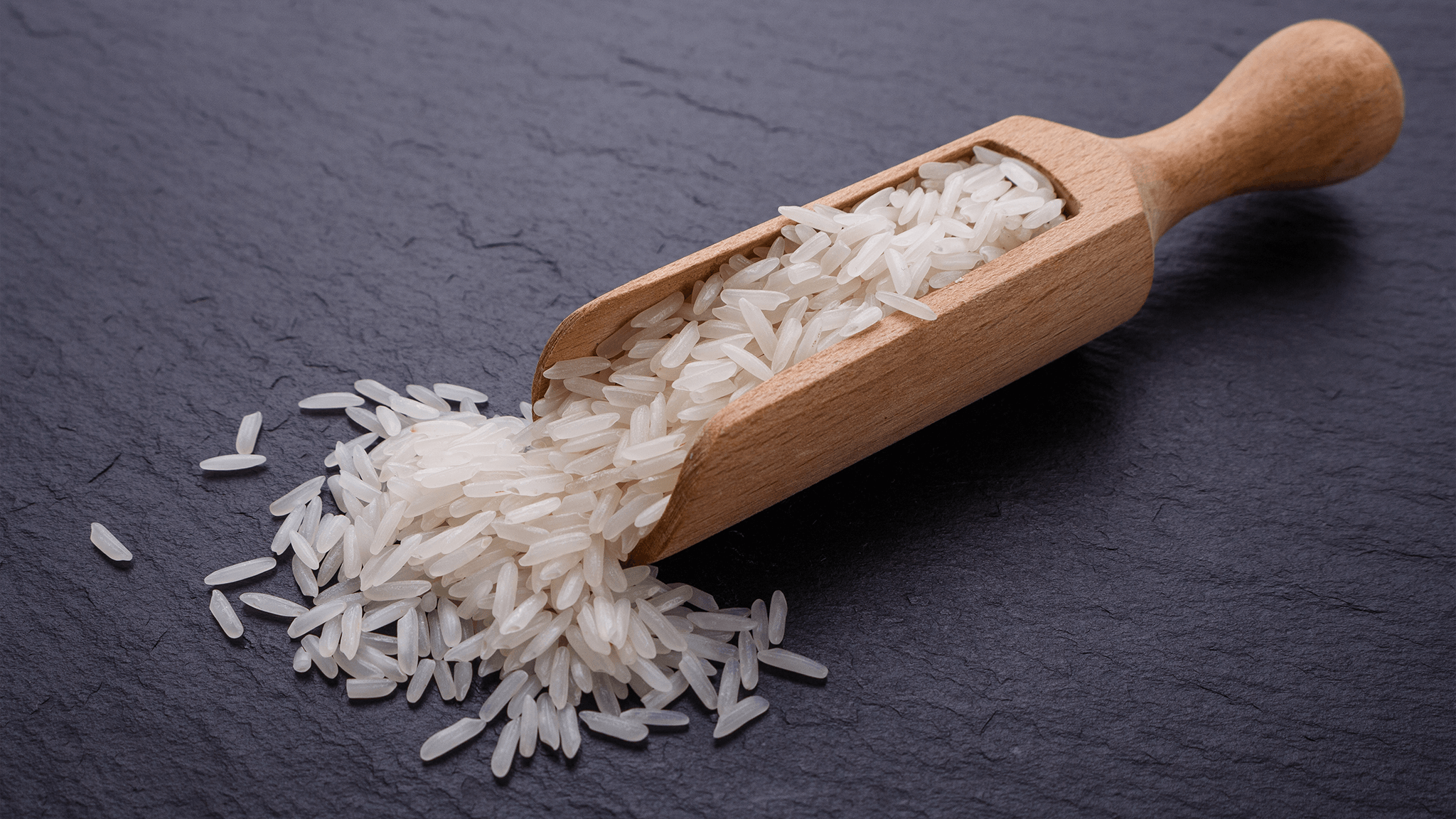Anyone who has spent time in Asia develops a relationship with the staple grain — rice. It can be compared with the frequent use of bread in the west. Toast with breakfast, a sandwich for lunch, and rolls with dinner add up to a lot of bread! As you move East over the globe, rice is the champion and can be found in a dizzying variety of meals. It’s not just a food. In many ways, it’s ingrained in the culture. To demonstrate, a common warm exchange between friends in Cambodia is “have you eaten rice?” And, to be honest, no one has ever happily asked me if I have eaten bread! So, know your rice! Learn a bit about the varieties, uses, and preparations of rice that exist around the world today.
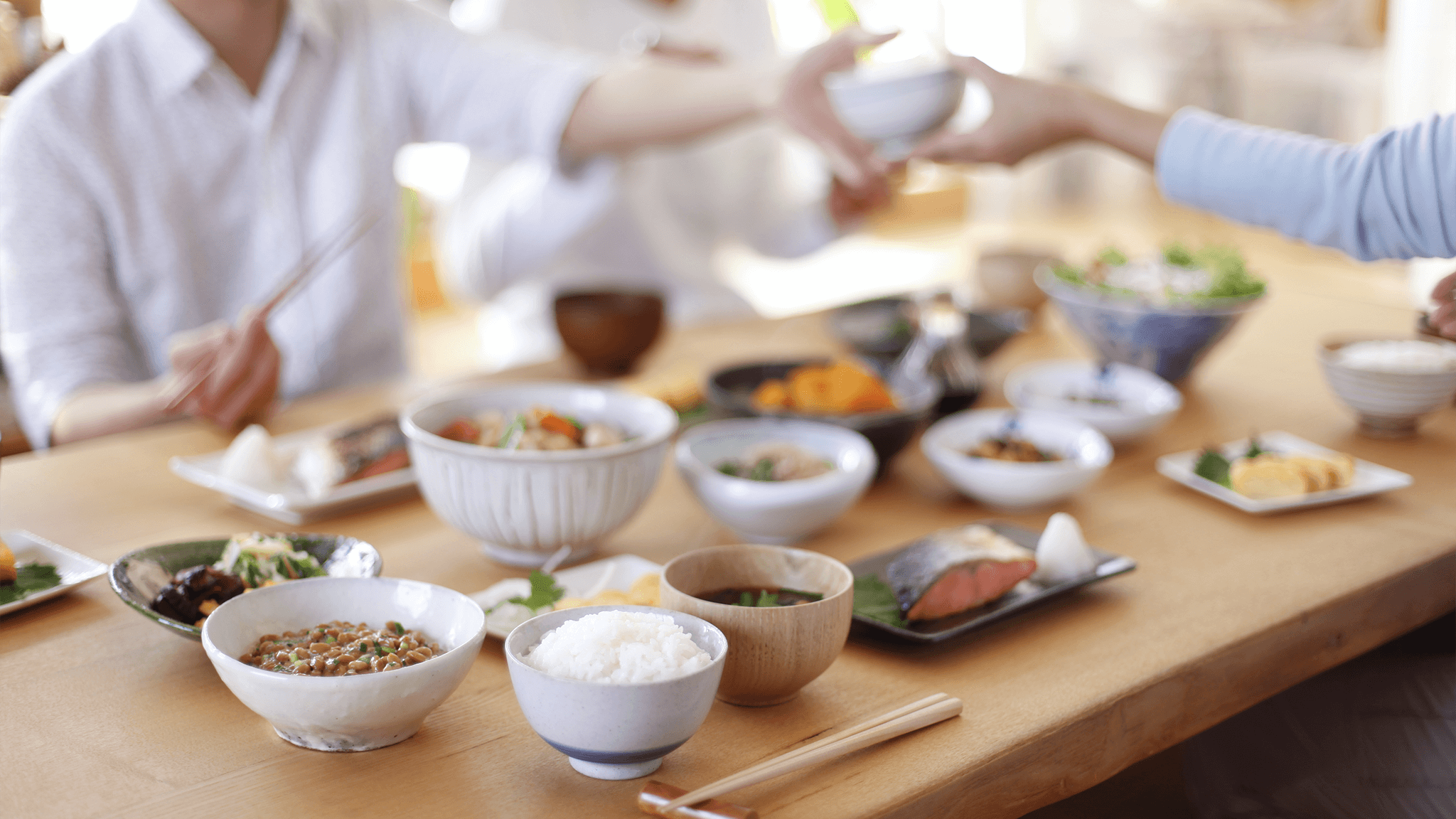
The mild, sometimes earthy flavor of rice rounds out the intense notes found in many Asian cuisines. It can also be used as a vehicle for delivering texture and body to more subtle dishes. But make no mistake, rice is not all the same! You could find yourself in a heated discussion by even suggesting such a thing. The differences in taste, color, texture and dish pairings vary widely.
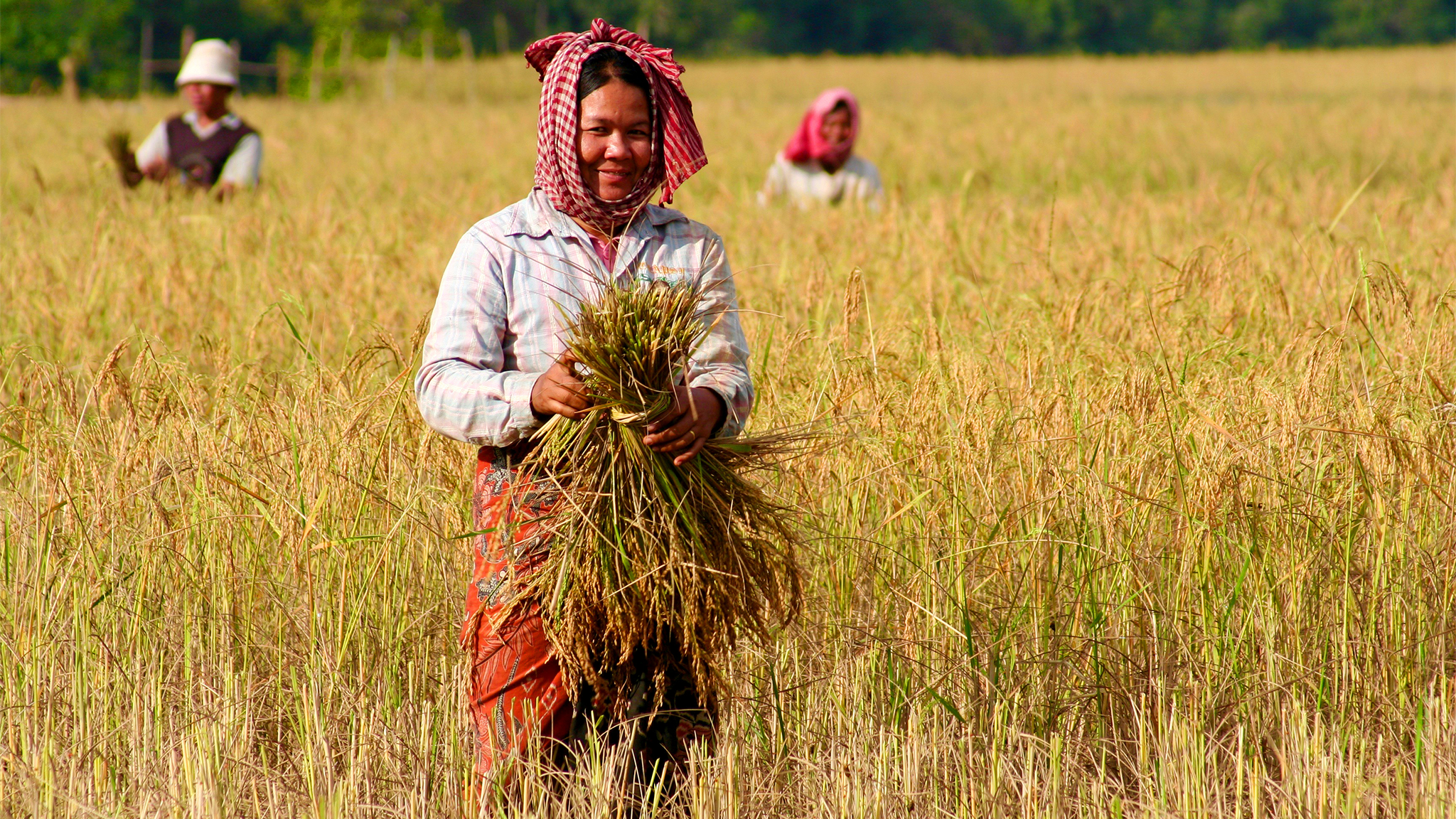
Where the Rice Journey Begins...
We’re not talking about the supermarket shelf or your local Asian grocers! Although they would both be a good place to find what you need. Let’s start at the basics. Rice is a grain, much like wheat, the seed of a type of grass. You’ll find it grown in spectacular terraced fields dotted throughout Asia, but most commonly in lowland areas that are well irrigated. These fluorescent lush green fields are an icon of many parts of the region. Farmers dot the fields, working hard, sometimes stopping for a wave and a smile at the sight of a visitor passing through their quiet village. In many areas, the cultivation methods have barely changed over the years, although the “mechanical buffalo’s”, ie: machinery, are increasingly being adopted. The nostalgics may lament, but the farmers and animals are most likely happy for a little respite.
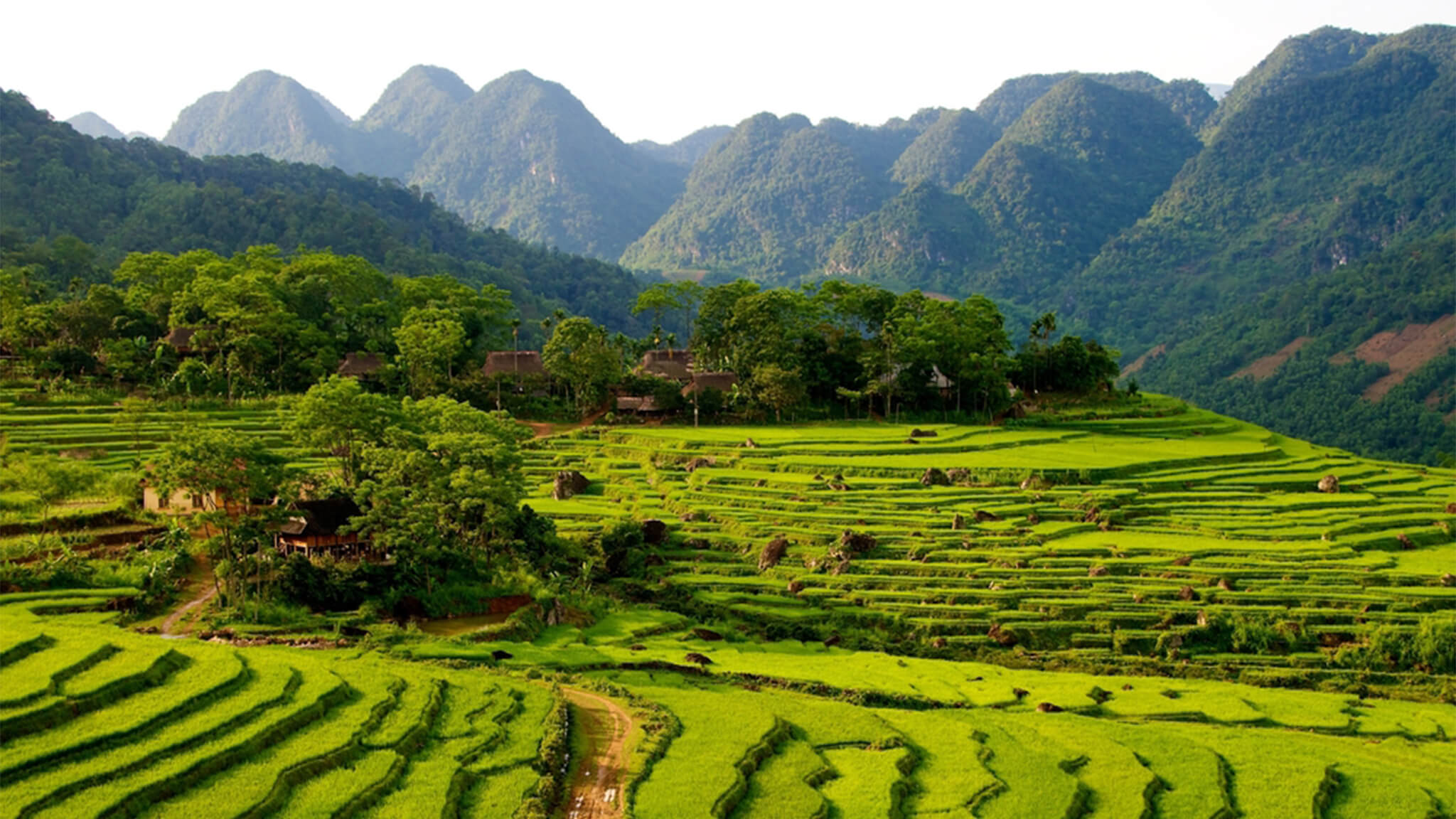
Rice fields in Mai Chau Ninh Binh, Vietnam
Farmers till the ground and seed it, using irrigated water, or waiting in hope of a solid rainy season! Water fills the fields and the rice grows, changing the countryside from a patchwork of vivid green to pale yellow when harvest time nears. The hulling and milling is a bit more complex than that of its popular cousins; wheat and corn. To preserve the grain, the process must handle it carefully, removing the rice husk, then polishing to remove the outer brown layer until left with a pearly white grain.
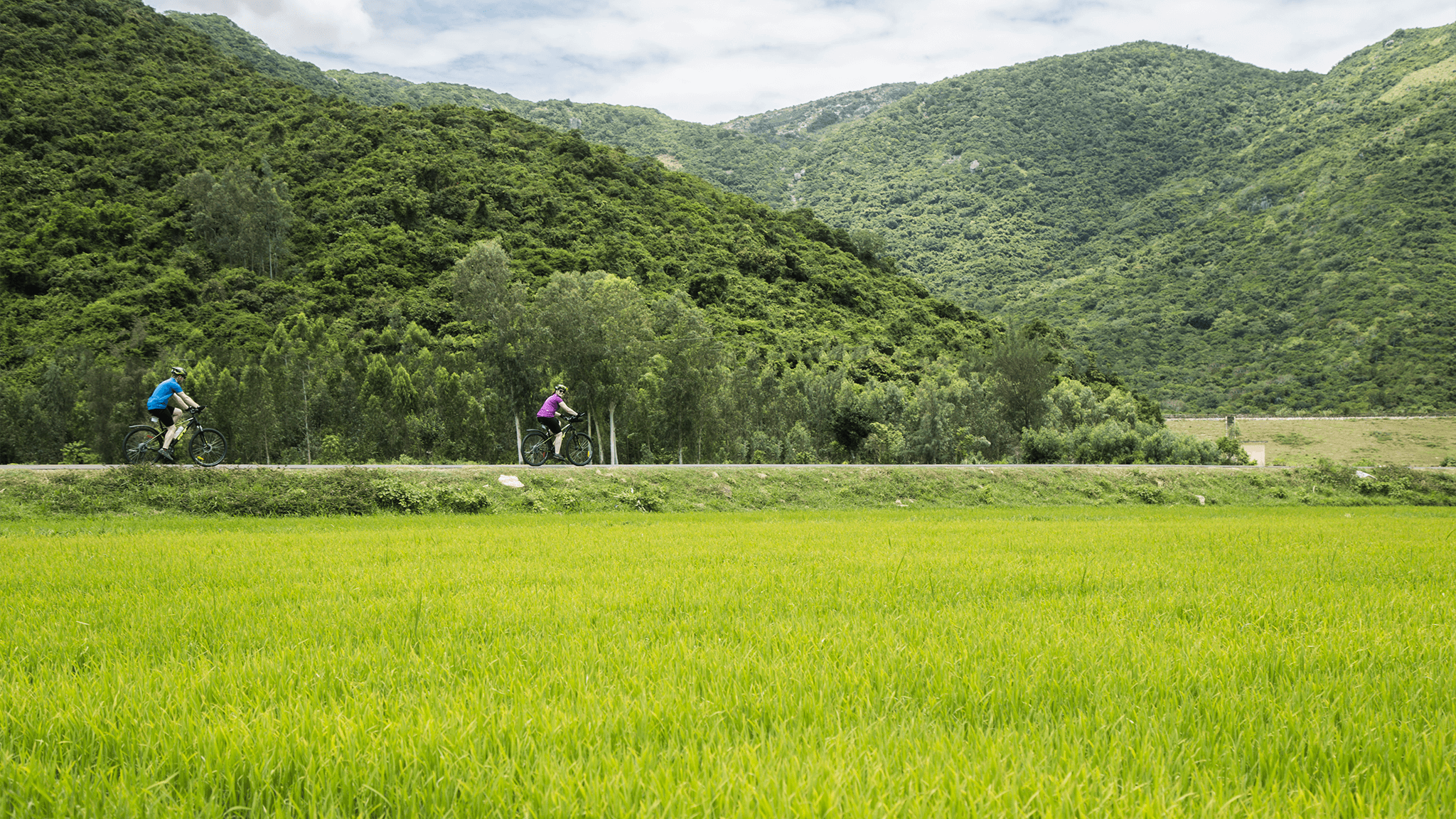
White, Brown, Red, or Black Rice?
Color can be an indication of both the variety and the level of processing. When it comes to nutrition the less processing the better, as most is in the outer layers of the grain.
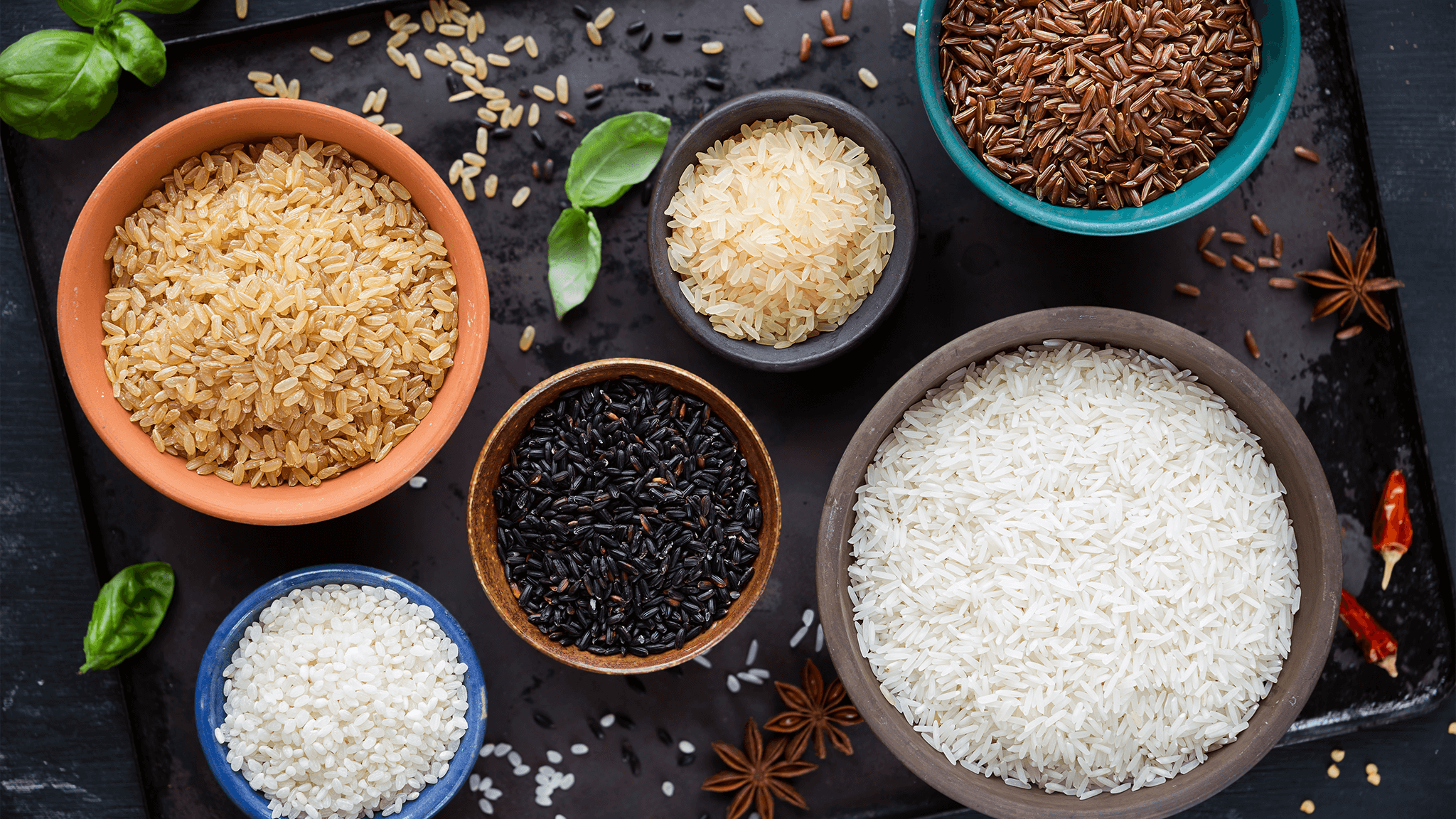
From left: brown rice, sticky rice, black rice, parboiled, red and white rice grains
Red rice is a low processed, super nutrient-rich variety. It contains loads of fiber, B vitamins, calcium, zinc and iron, manganese, selenium, magnesium and other nutrients. Its nuttier flavor goes well with meats and vegetables and it’s good if you are looking for a denser texture.
Brown rice has been husked and retains much of its bran layer. Like red rice, it takes a bit more water and time to cook than white and will have a slightly denser texture than white rice.
Black — the forbidden rice. Well, that was its name in ancient China as only the wealthiest could afford it. When cooked, it turns a purple color due to being rich in anthocyanin (a color pigment). It has a slightly nutty taste, similar to brown rice, and is often used in porridges, desserts, and to make noodles.
White rice precedes all others in popularity and, as you may have guessed, is the most processed. One trade-off from the lower nutrient content is that the polished pearls have a longer shelf life. However, there is the parboiled option which retains some nutrients. Here, white rice gives off a yellowish hue as it is pre-boiled with the husk intact prior to husking.
There’s an overwhelming number of varieties in all sizes and shapes. So to narrow it down, we have selected some of the most popular ones you are likely to encounter, and maybe even use in your own kitchen.
Rice Varieties - Where to find them and how to use them
Most of the rice we eat today comes from the same species, Oryza sativa, domesticated in China around 8,000-13,000 years ago. It then spread across the world and the most popular varieties fall under the Japonica (short and sticky) or Indica (light and fluffy) subspecies. If you would like to impress your friends, the stickiness factor depends on the amount of amylopectin in its starch compounds.
Indica Varieties
Basmati
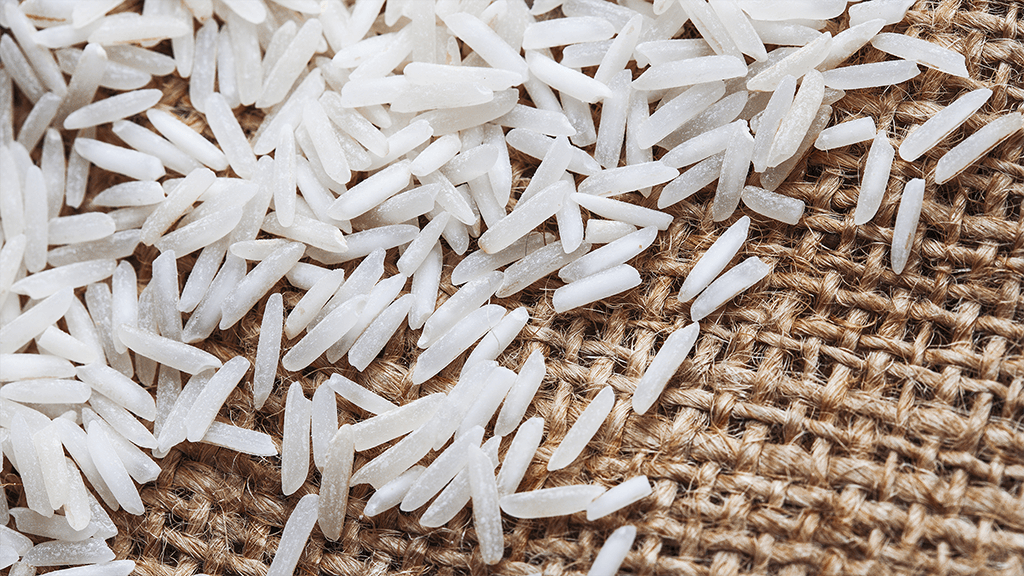
If you have enjoyed Indian cuisine, it’s highly likely you have encountered Basmati. This rice carries a deep pleasant aroma likened to pandan leaves. In fact, the name in Hindu breaks down into "Bas" (Aroma) and "Mati" (full of). It grows mostly in the foothills of the Himalayas and Pakistan. This light, long grain is very popular in India. You'll find it served alongside curry dishes and also in Pilafs.
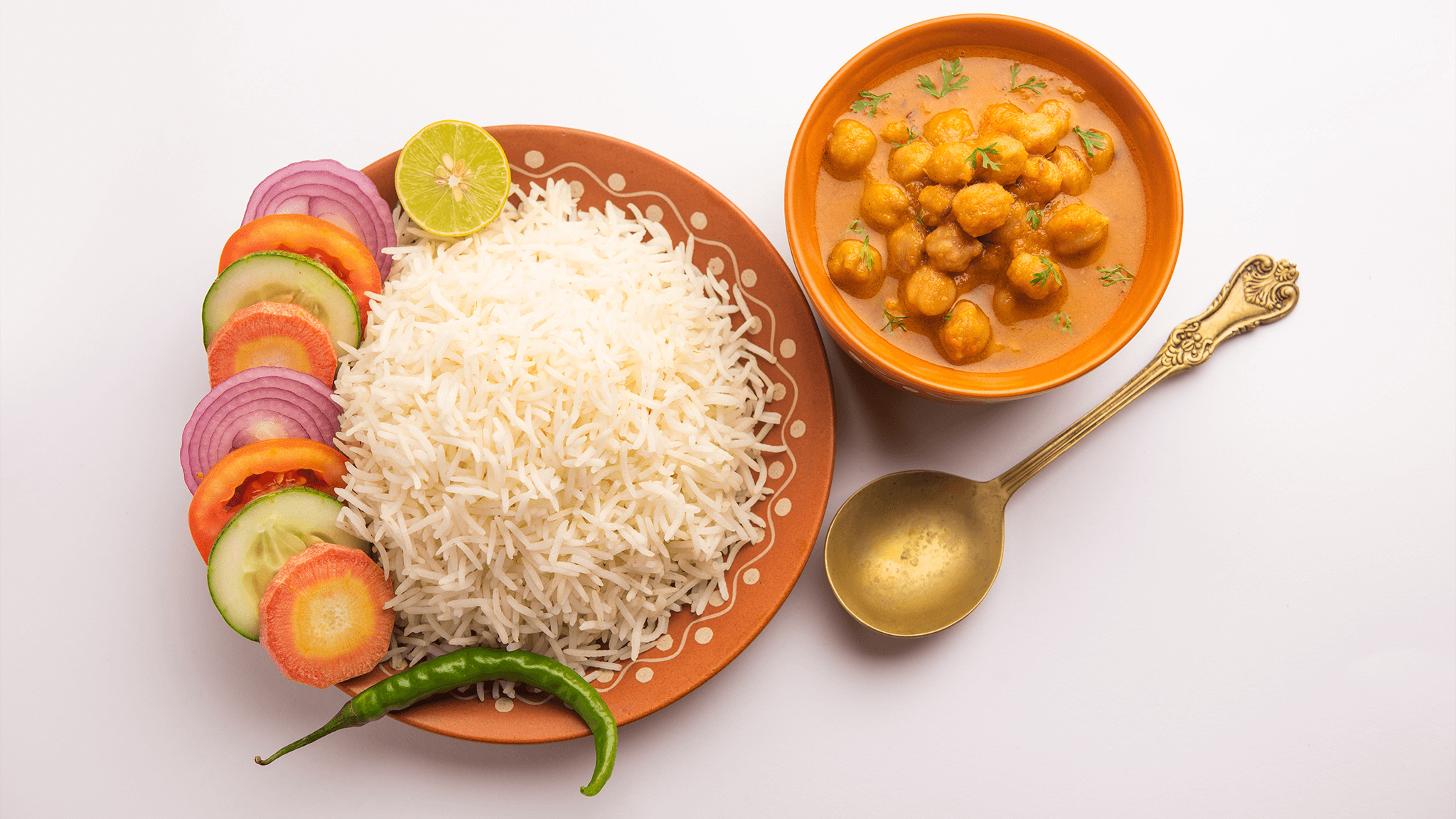
Chickpea curry with basmati rice
There are many ways to prepare Basmati, but the key is to rinse well and avoid oversaturating the rice when cooking. This way you have a light and fluffy end product that is not very sticky, perfect for balancing out the bold flavors of Indian cuisine. Here is a popular guide to preparing it at home. We recommend rinsing your rice before preparing, but with some brands this may not be required. Check your packaging for advice. When cooking with authentic aged basmati rice, it’s a good idea to soak the rice for at least 20-30 min before straining and cooking.
Like a meal to go with it? Our team has shared some of their favorite dishes to prepare at home. Try Vinoli’s Sri Lankan Crab Curry.
Jasmine
A close cousin, Jasmine is also a long grain rice that cooks to a soft texture. The grains are generally a touch shorter and wider than Basmati, and give off a subtle, sweeter floral aroma while being slightly stickier. Jasmine rice can lose its aroma over time, which is why recently harvested rice is sold at a premium. If stored in a cupboard in a sealed container it should keep nicely for a long time though.
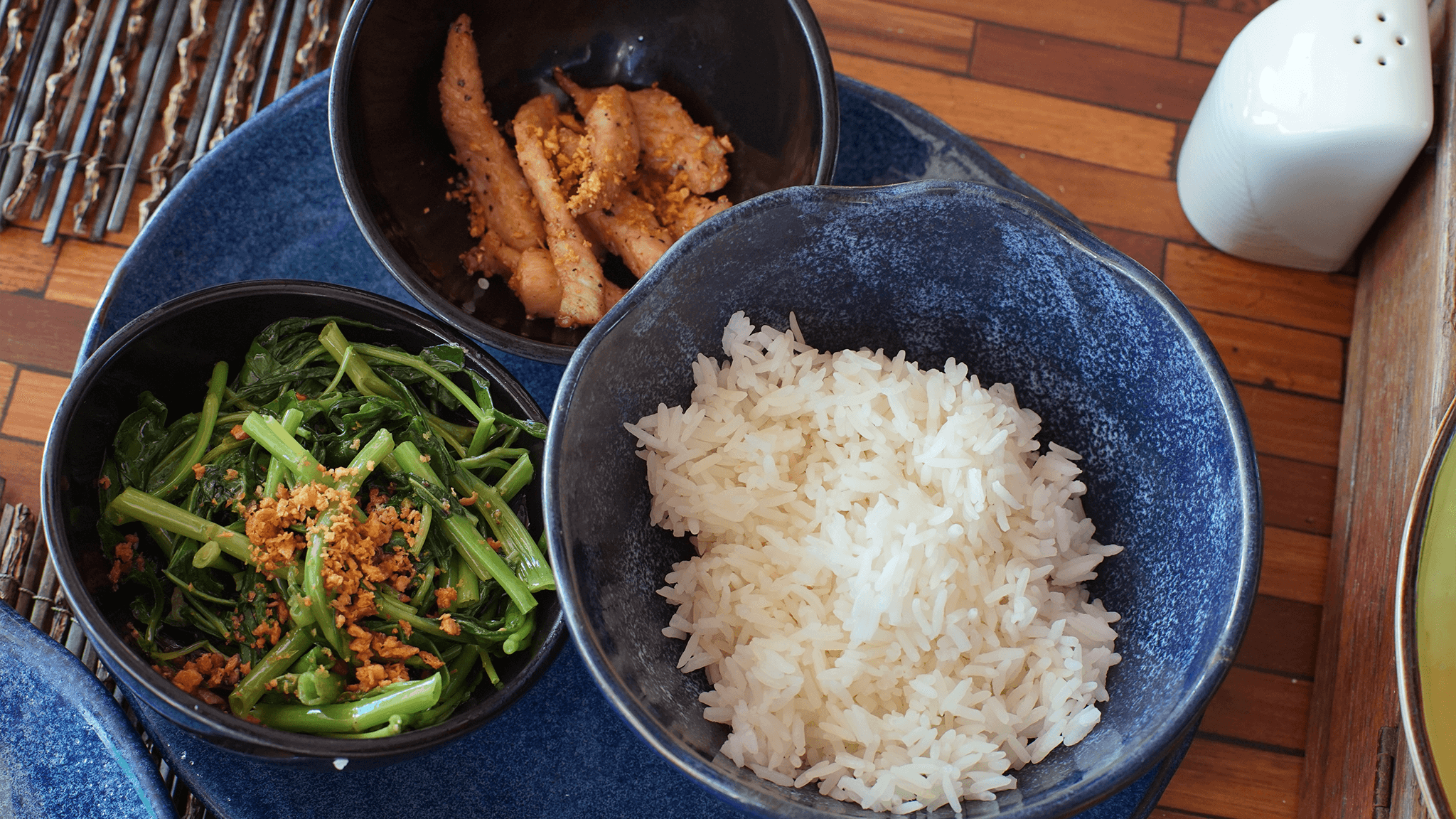
A common Thai breakfast is jasmine rice, morning glory and fried pork
Jasmine is commonly used across Southeast Asia, in countries like Thailand, Cambodia and Vietnam. It pairs excellently with the spicy, sweet and sour notes found in dishes from this area. Here is a popular guide to preparing Jasmine rice at home. Rinse first and avoid oversaturating the rice when cooking to achieve the perfect end result. For a great accompanying dish, consider trying Ging's Thai Red Curry or Thang's Vietnamese Caramelized Pork.
Japonica Varieties
Japanese Rice
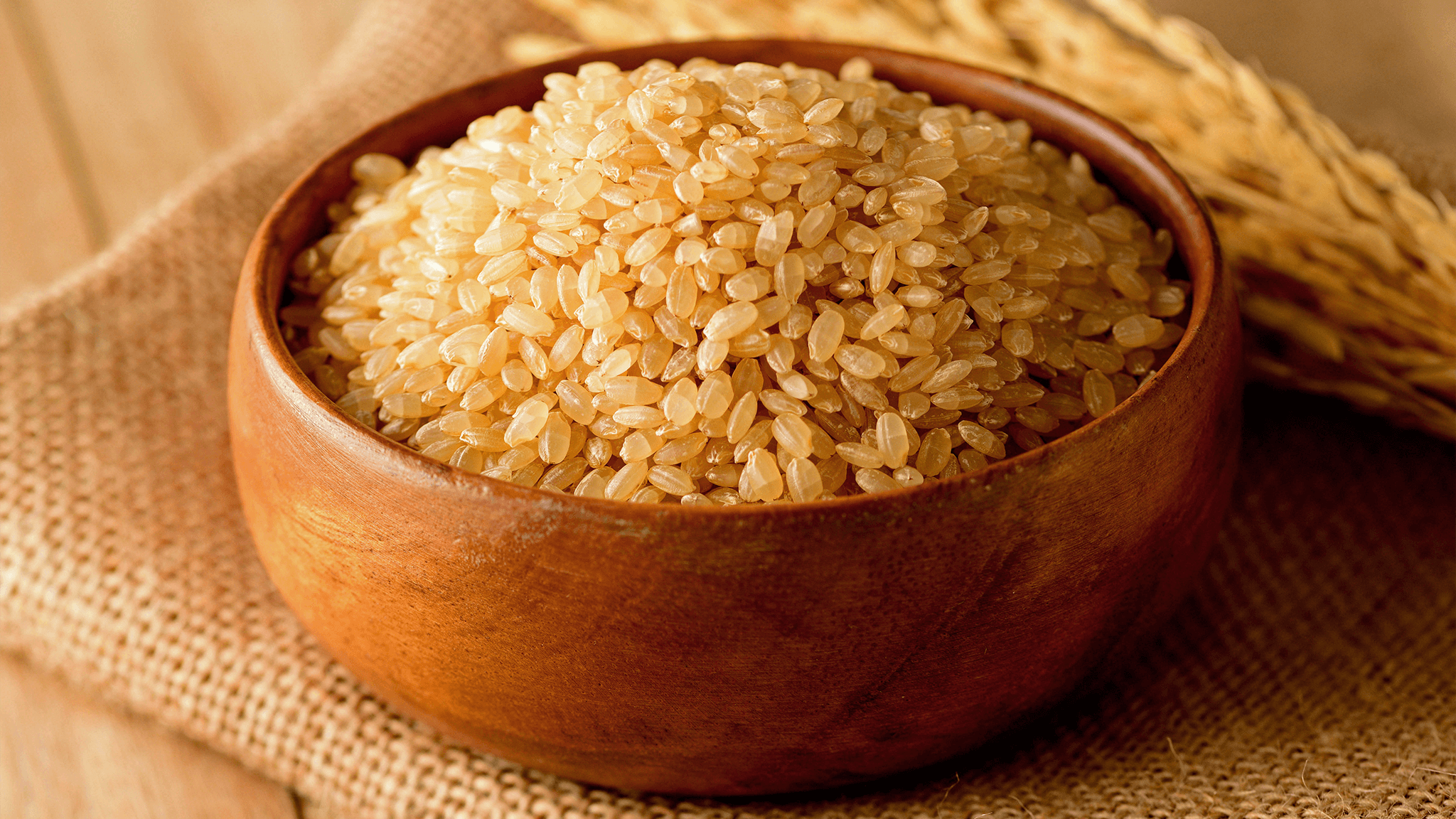 Brown Japanese rice
Brown Japanese rice
Sometimes called Sushi Rice, these grains are recognized for their short length and significant stickiness once cooked. This is quite useful for stacking and wrapping delicious sushi creations. When cooked plainly, this rice can be paired with many popular Japanese dishes for a truly authentic taste and texture experience. When preparing the rice specifically for sushi there is a special method, with additional ingredients required. The grains are usually highly polished and pearly white, but can also be found in the less processed brown variety.
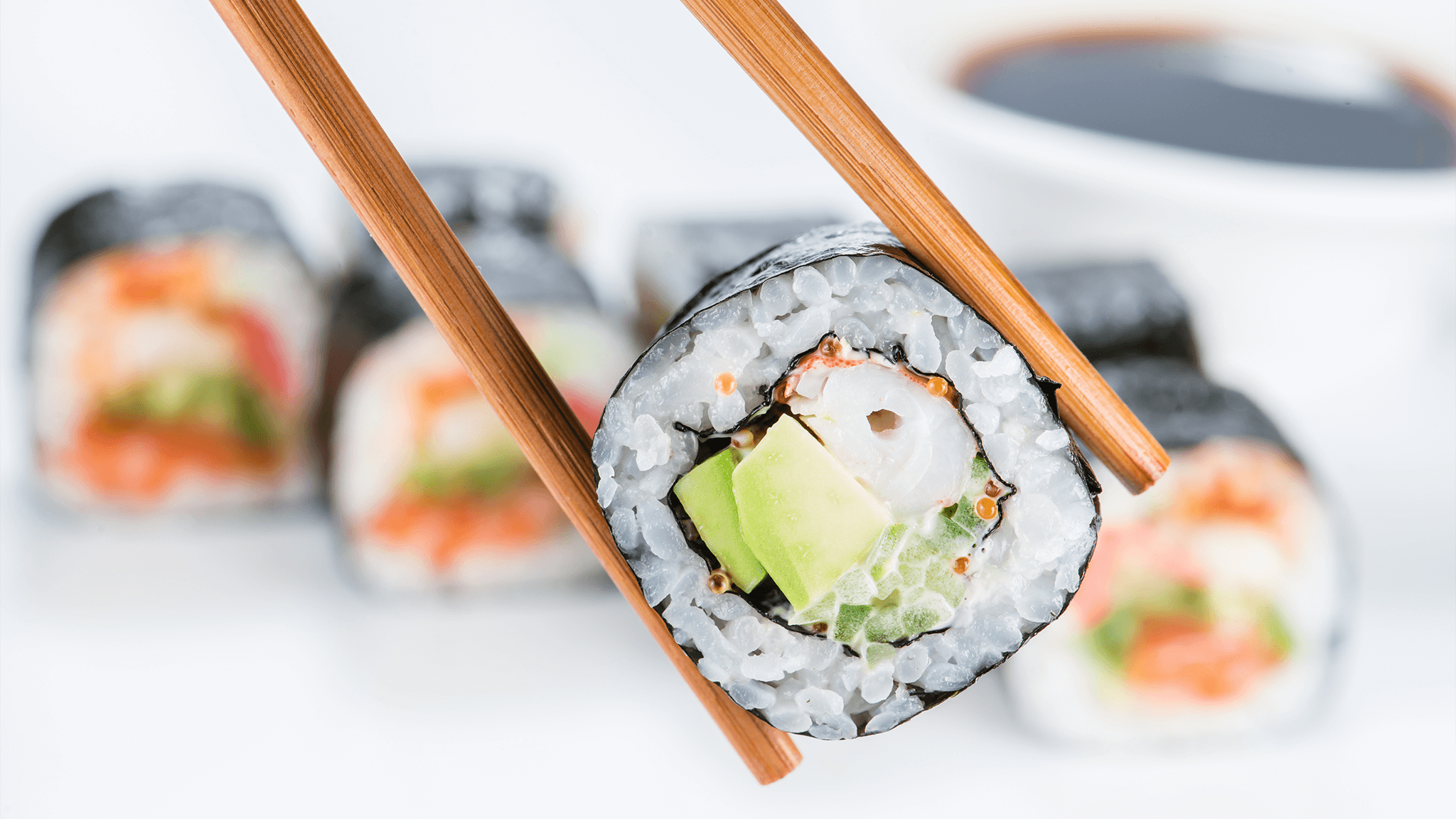
The cooking method differs once again. Here is a popular guide for preparing Japanese rice for regular dishes, including alternative steps for preparing Japanese rice specifically for sushi.
Arborio and Carnaroli Rice
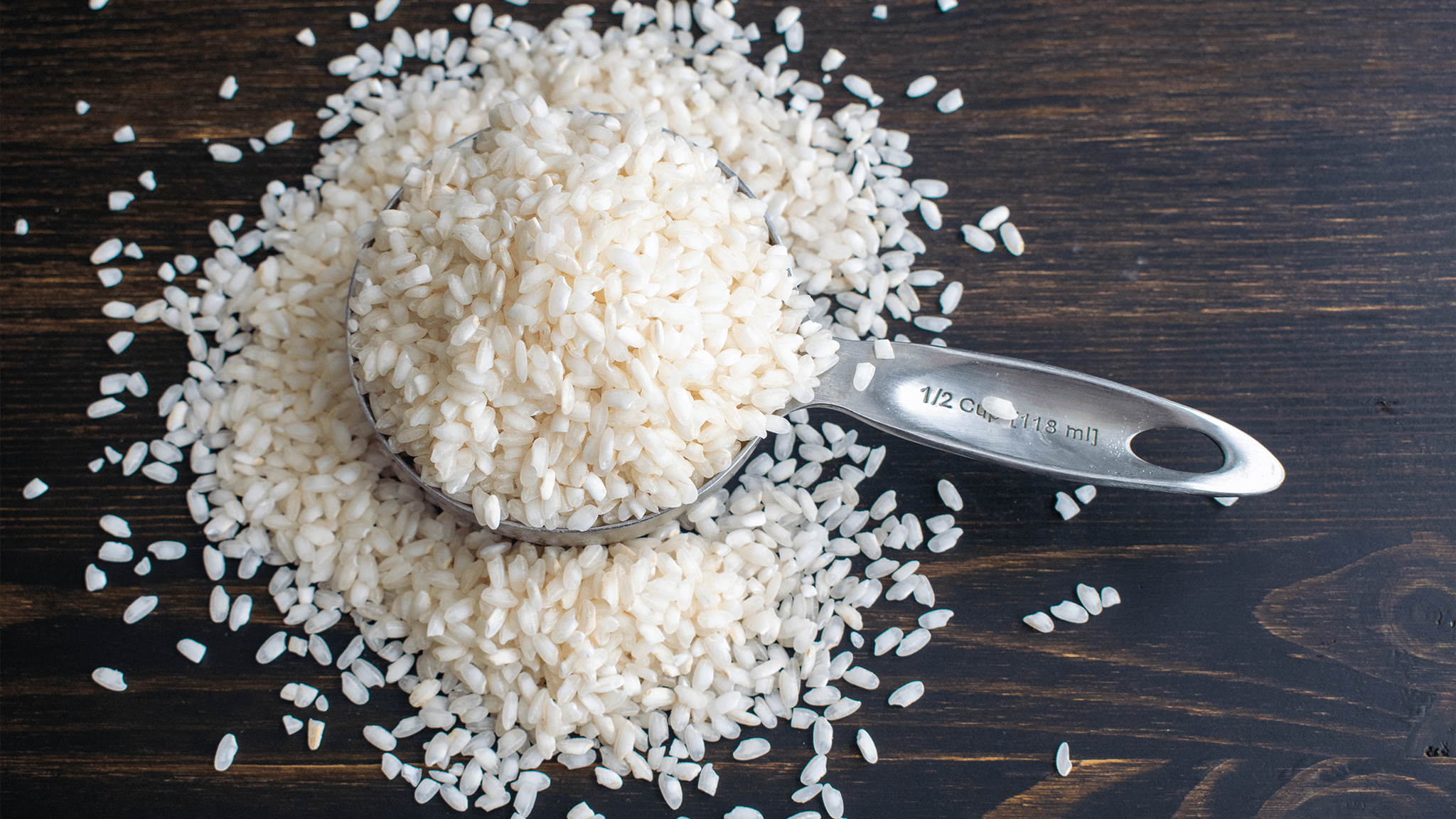
While not hailing from Asia, no rice article would be complete without a nod to Arborio rice. First cultivated in Italy, Arborio and Carnaroli are known for the creamy texture they give to dishes like Risotto. The starch in Japonica grains contain more amylopectin (remember that one?) which creates a sticky solution at certain temperatures. So when properly cooked this results in the unique creamy, yet chewy consistency of Arborio and Carnaroli rice dishes.
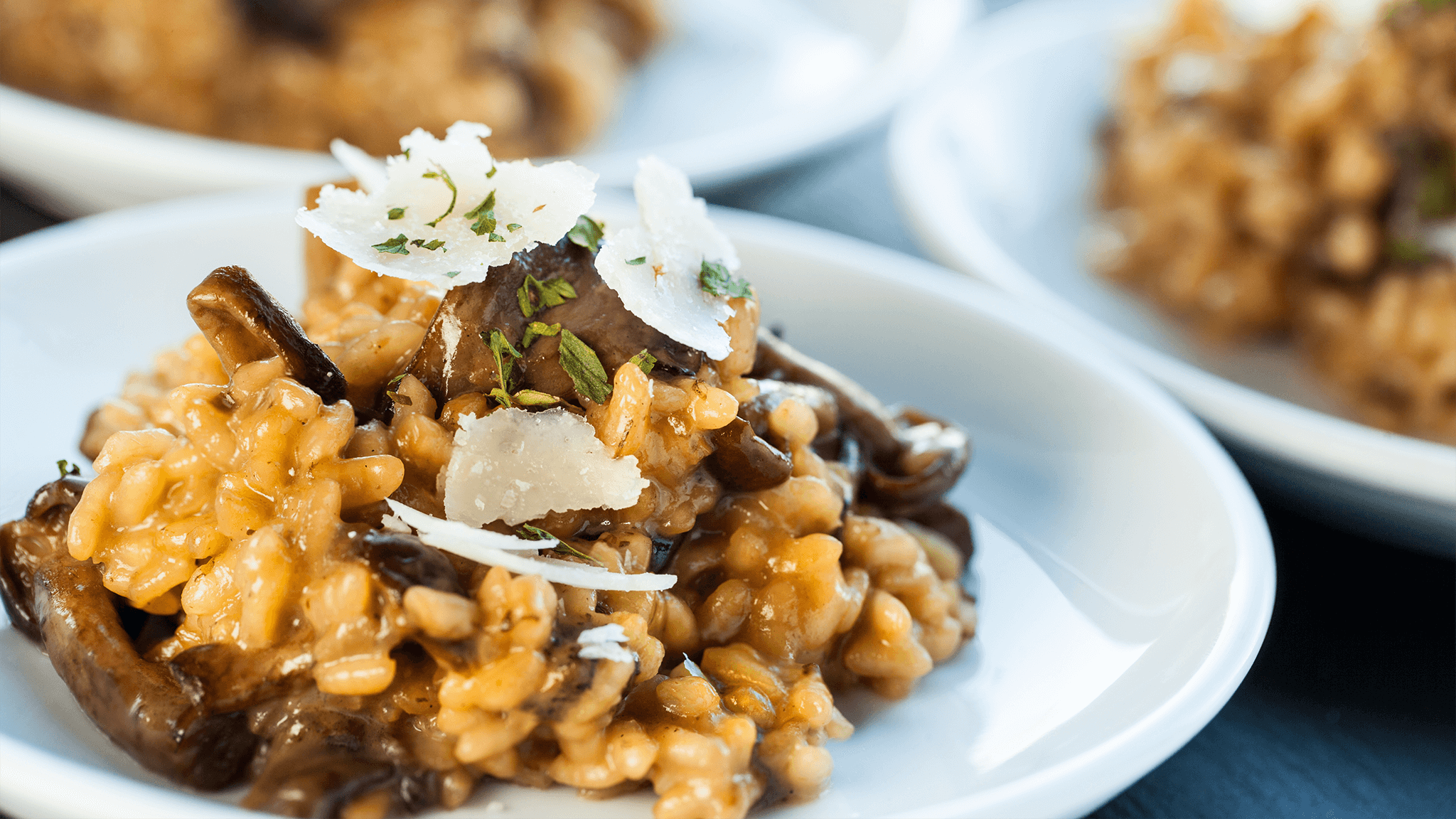
While not our particular forte, here is a popular recipe and video for making risotto with arborio rice.
Sticky Rice
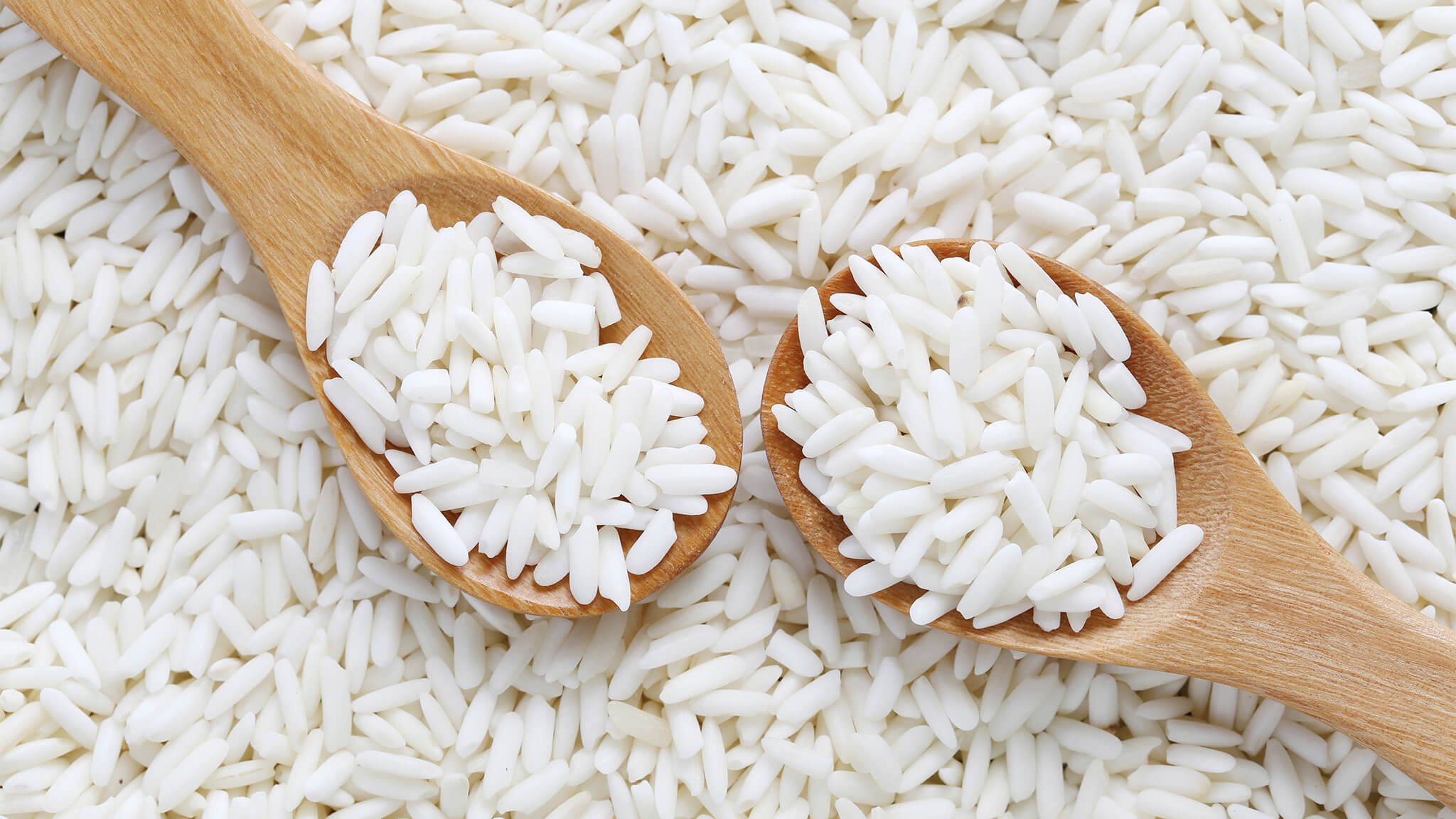
Officially called glutinous rice, this japonica variety (you guessed it!) is very high in amylopectin earning it the suitable nickname of sticky rice. Despite the name, celiacs and those on low-gluten diets can breathe easy. It actually has no gluten at all! This simply refers to its glue-like properties. When it comes to consuming sticky rice, the people of Lao take the gold medal. Here baskets of sticky rice are a staple alongside most main meals instead of Jasmine rice, this is also common in neighboring regions of Northern Thailand and Myanmar. It is traditionally consumed by hand and a great counterbalance to enjoy with the fresh and often spicy salads and dips of the area.
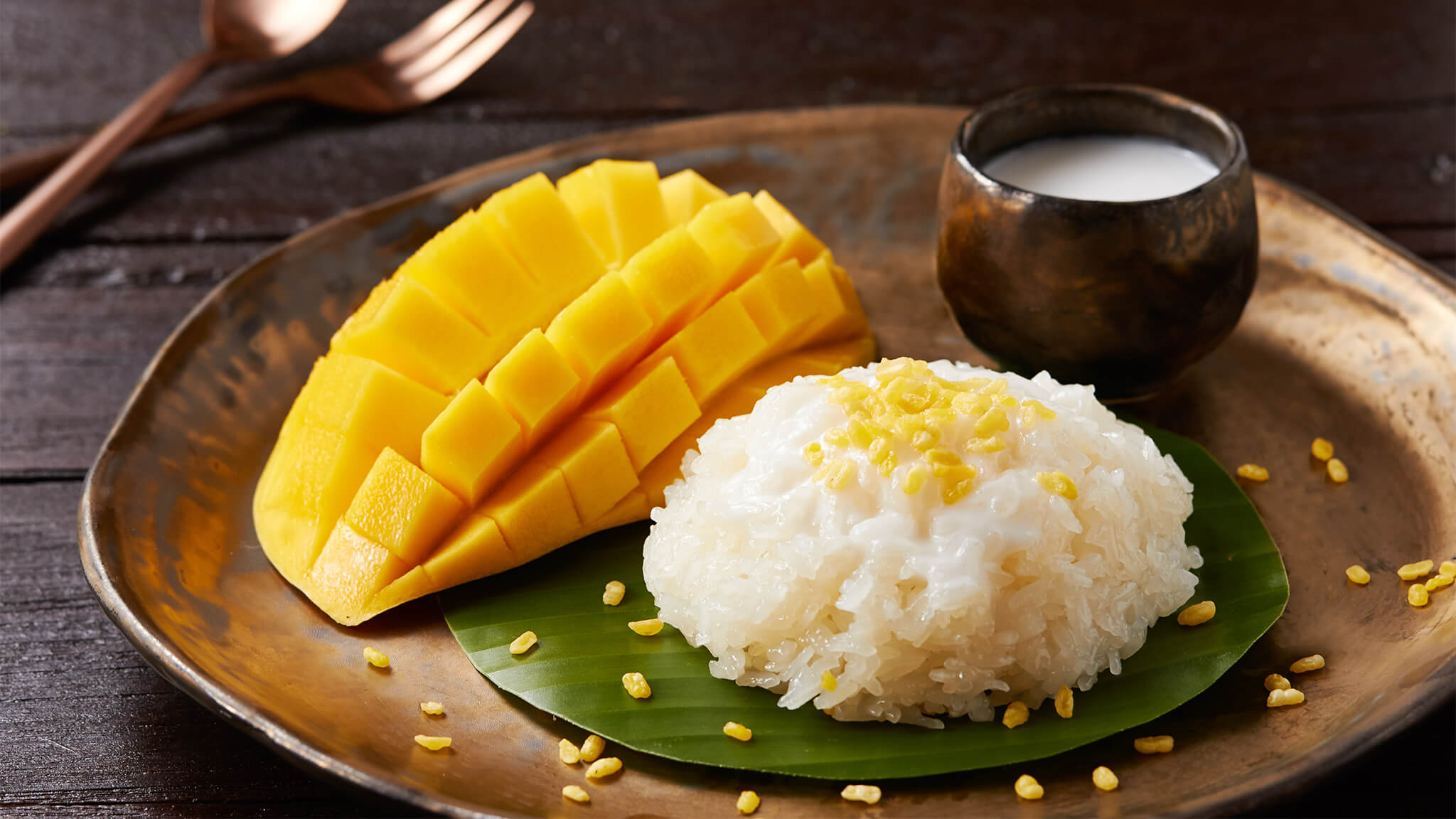
The reach and uses of sticky rice stretch much further though, from Northern India, through South, Southeast, and Eastern Asia, to Korea and Japan. In most of these countries, you are more likely to encounter it in the form of a dessert or sweet, with the regional specialties far too numerous to list here! If you would like to enjoy it as the Laotians do, here is a great guide for preparing “Khao Niao” (Sticky Rice) Laos style, as an accompaniment to one of their most famous dishes, Larb (or laab).
Alternative Rice Varieties
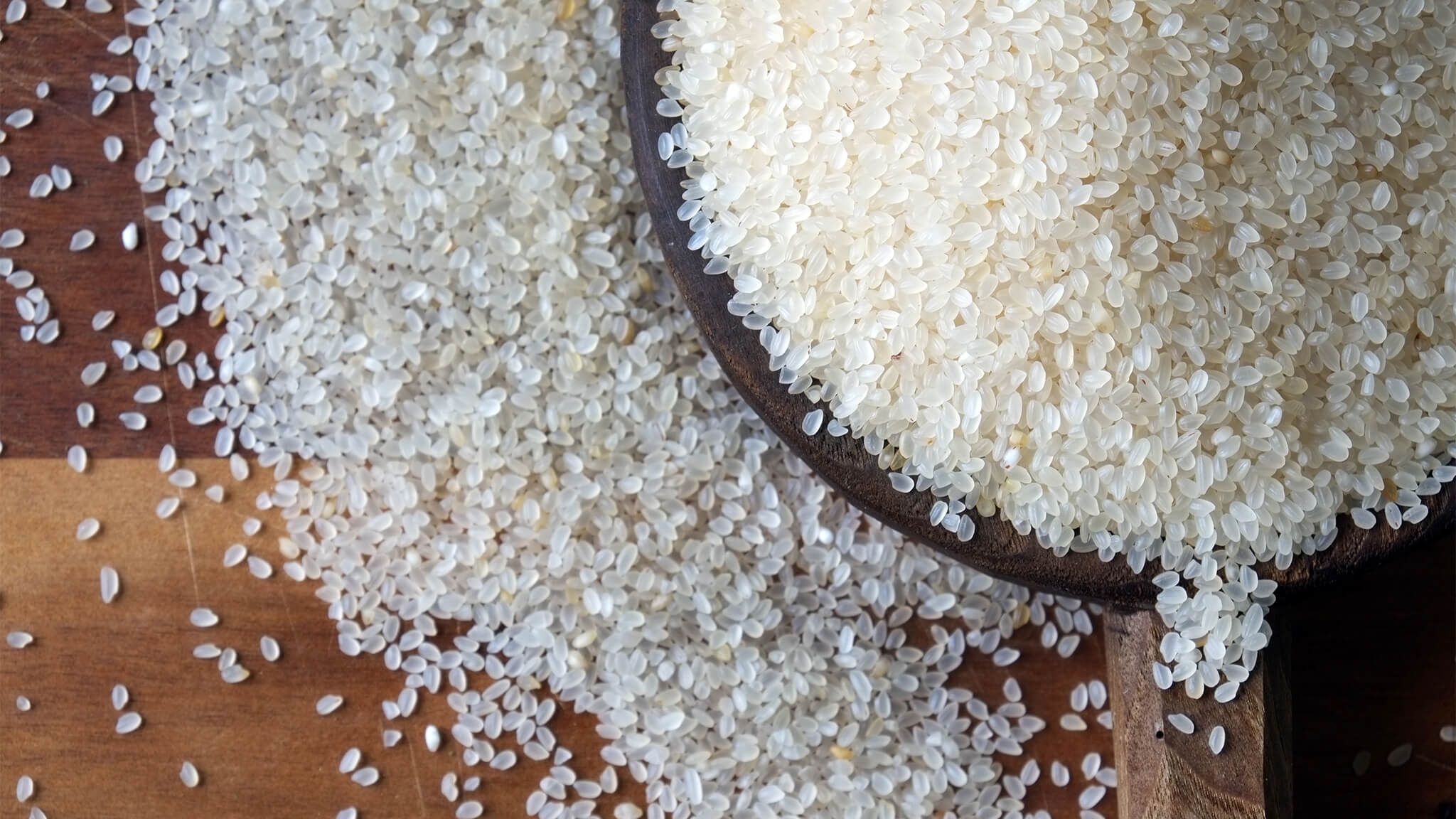
Samba
While the Oryza sativa or “Asian Rice” varieties mentioned above are the most popular main species of rice, there are numerous other types of rice being harvested. Samba is one example, grown extensively in the South Indian state of Tamil Nadu. It is denser, offering a more filling meal, and is prized for its distinct "corn-like" flavor.
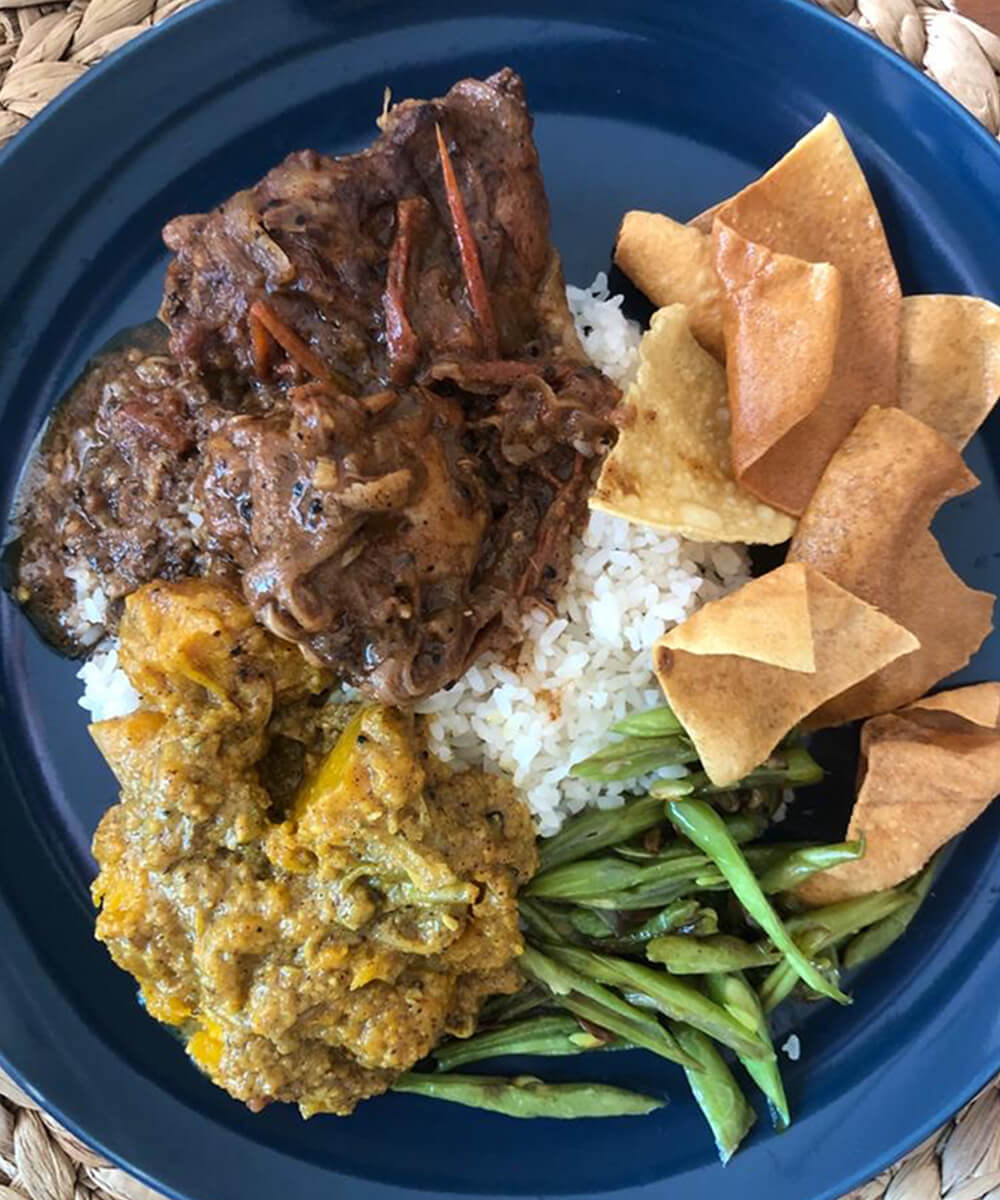 Our team member in Sri Lanka, Vinoli, admits that Keeri Samba is her personal favorite. She loves to eat it with Coconut sambol, chicken or crab curry, Brinjal pickle, and Dhal curry. Reminiscing about her favorite dishes, "When I was small I used to eat rice and curry adding a little bit of marmite; especially with dhal curry, coconut sambol, and dry fish. 🙂 Now when I think about it, I feel so hungry!!" Pictured here is her mix of Sri Lankan variety with Samba rice. Check out her Crab Curry recipe!
Our team member in Sri Lanka, Vinoli, admits that Keeri Samba is her personal favorite. She loves to eat it with Coconut sambol, chicken or crab curry, Brinjal pickle, and Dhal curry. Reminiscing about her favorite dishes, "When I was small I used to eat rice and curry adding a little bit of marmite; especially with dhal curry, coconut sambol, and dry fish. 🙂 Now when I think about it, I feel so hungry!!" Pictured here is her mix of Sri Lankan variety with Samba rice. Check out her Crab Curry recipe!
While Samba may not be readily available in your area, it certainly gets the thumbs up from our team in Sri Lanka. Make sure to keep an eye out for it when visiting. See our cycle tours in Sri Lanka.
Wild Rice
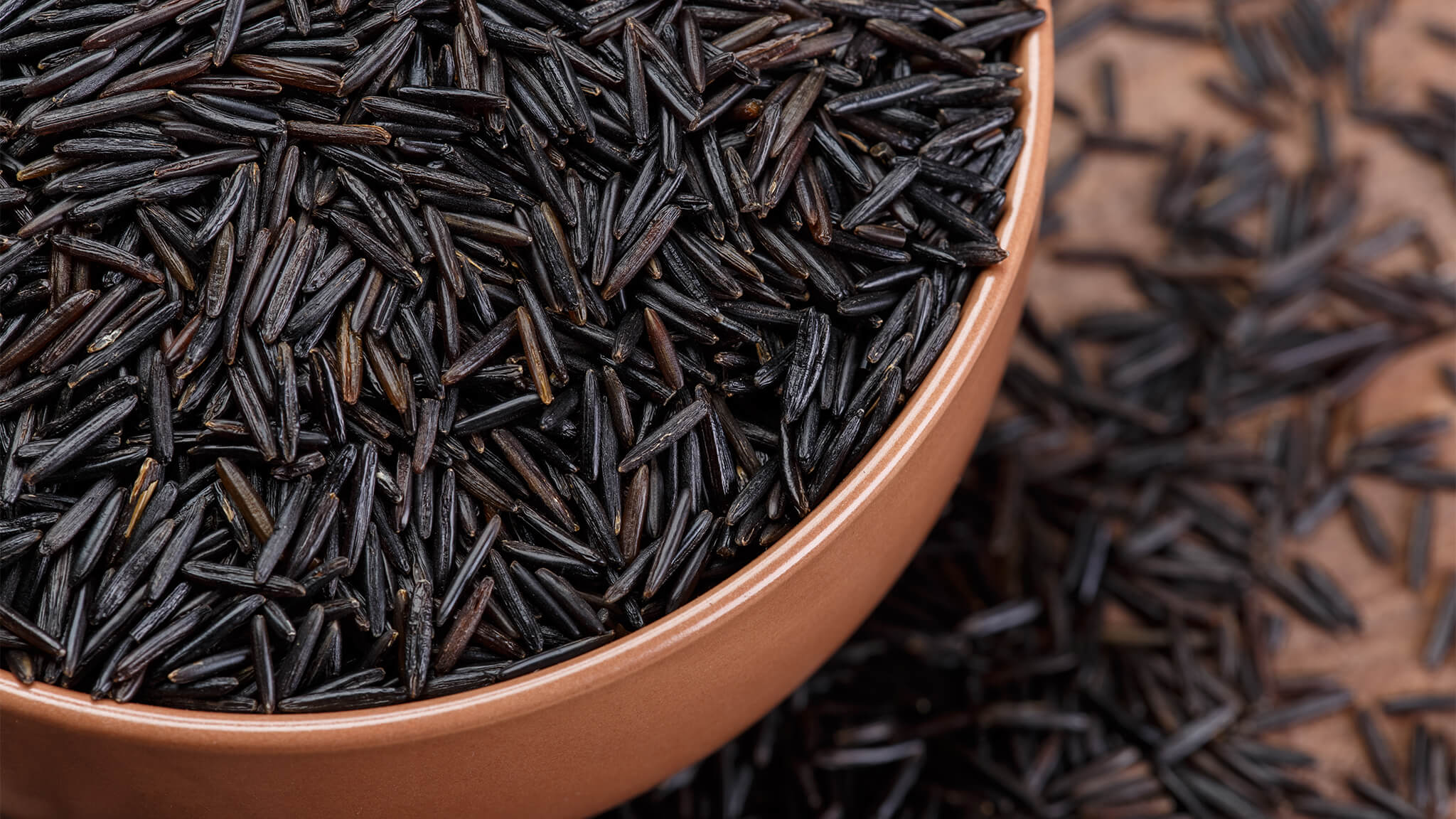
We end, ironically, on a grain that is not actually rice but named as such. Wild Rice comes from a genus of grass called Zizania. It's grown in shallow streams of North America and Canada and is often found in Autumn dishes. The outer sheath is kept intact, giving the final result a chewy texture and delicious flavor. Super high in both fiber and protein, it's often mixed into soups and salads. Hailing from North America, at least a couple brands of this can be found on most supermarket shelves. Give this popular Sweet Potato Wild Rice Salad a try.
The Final Word on Rice
If there is one thing I have found from my travels and food adventures — rice is a sensitive subject! There is no such thing as the “best rice” or even an “exact way” to prepare it. Returning to the bread analogy from the start, it would be like saying, “this is the best bread and the only way to prepare it”… and I think the jury would also be out on that one. Thousands of varieties, tastes, uses and preferences exist out there. Far too many to mention! Regional or even personal taste often depicts the choice. But there are some pairings and methods that seem to shine, and we have done our best to cover them for you here as faithfully as possible. Our suggestion — get out there (when possible), try them for yourself, and see what sings for you.
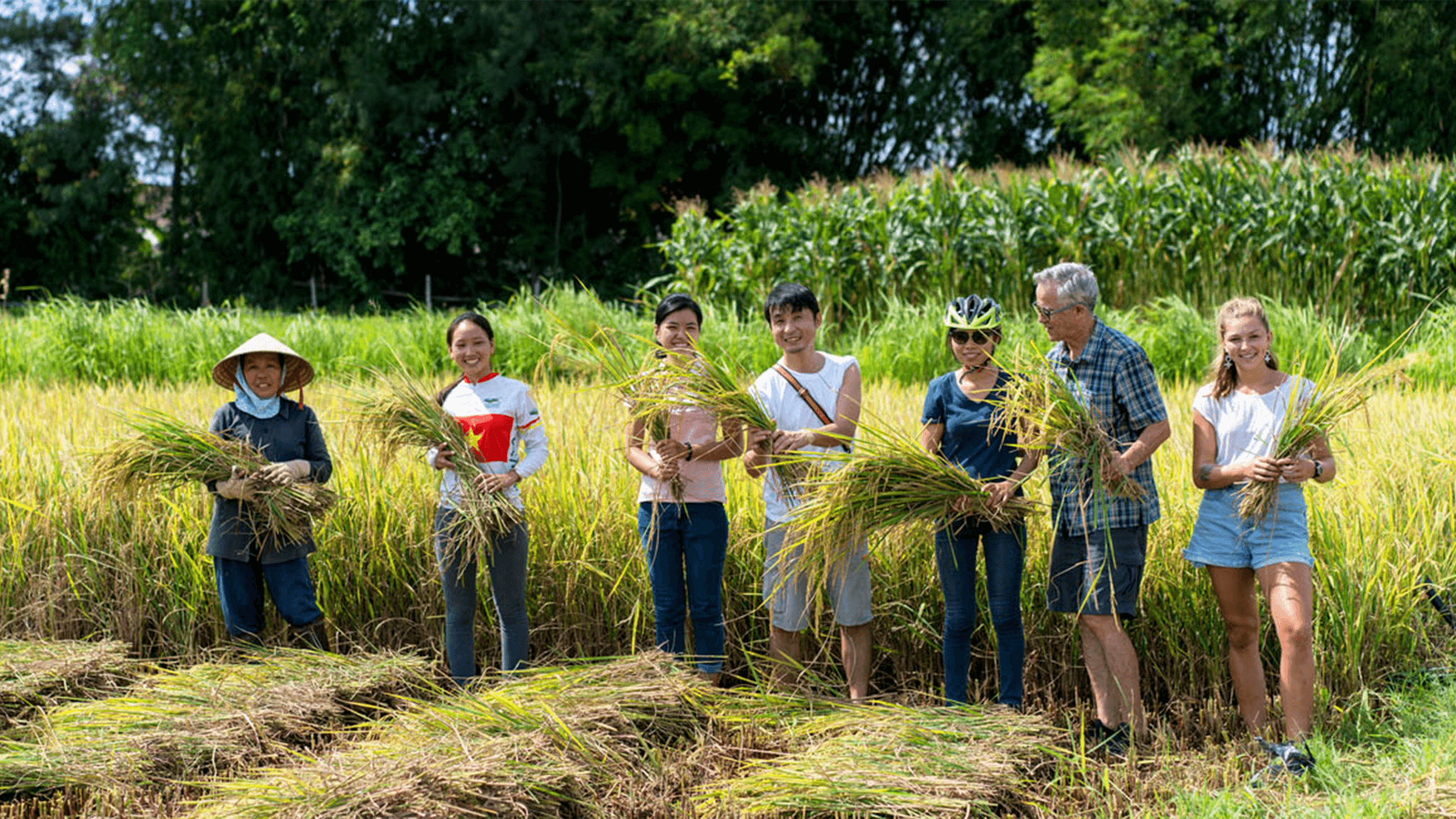
Like to know the best way to work up an appetite and burn those rice carbs? Join us on a cycle tour in one of our many destinations in Asia. Often described as “a food tour disguised as a bike tour” you will not just genuinely connect with the people and culture, but also the cuisine. We hope to share some rice with you soon!
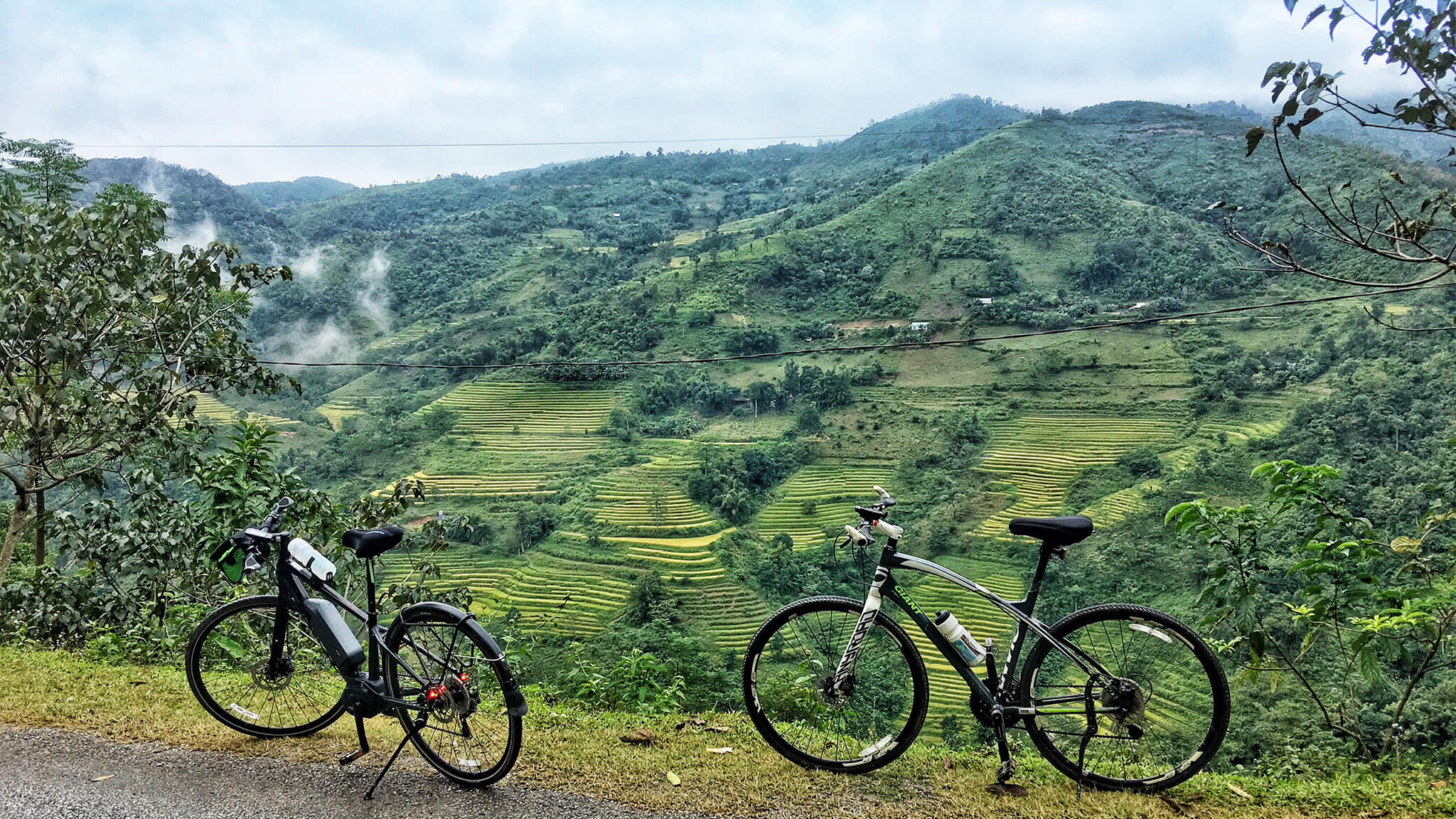
KICK-START YOUR |


 By Reece Posted 16th Aug 2021
By Reece Posted 16th Aug 2021